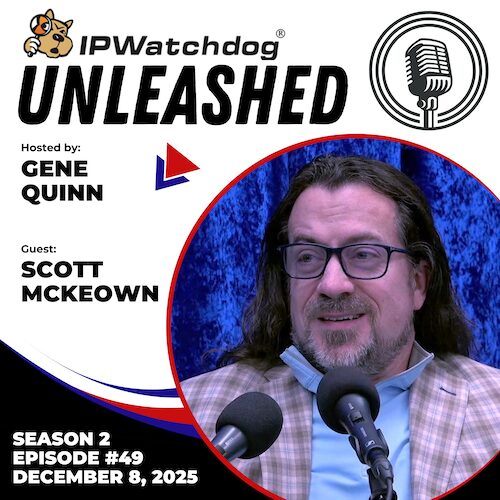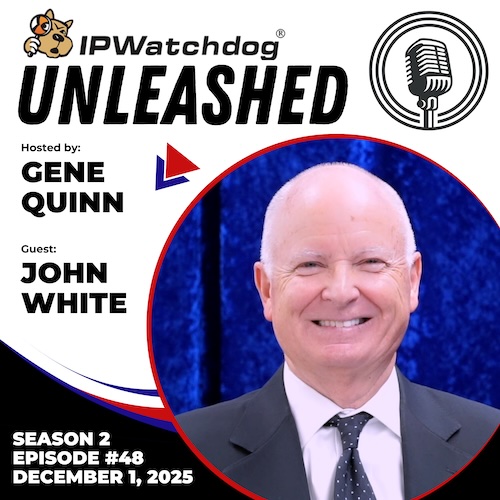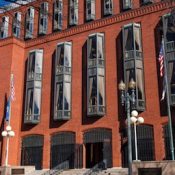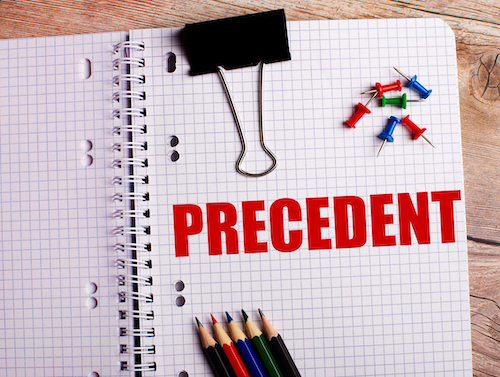“[S]tructures in the dual-frame embodiment disclosed by patent diagrams were interchangeably labeled as ‘outer frame’ and ‘self-expanding frame,’ a connection consistently repeated throughout the patents’ specification.”
 Today, the U.S. Court of Appeals for the Federal Circuit (CAFC) issued a precedential ruling in Aortic Innovations LLC v. Edwards Lifesciences Corp. affirming most of a non-infringement ruling entered by the District of Delaware over accused transcatheter heart valve products with balloon-expandable frames. Addressing challenges to the district court’s claim construction raised by Aortic, the Federal Circuit determined that the patentee acted as its own lexicographer for the claim term “outer frame” through consistent interchangeable uses of that term made in connection with specific embodiments disclosed in the specification.
Today, the U.S. Court of Appeals for the Federal Circuit (CAFC) issued a precedential ruling in Aortic Innovations LLC v. Edwards Lifesciences Corp. affirming most of a non-infringement ruling entered by the District of Delaware over accused transcatheter heart valve products with balloon-expandable frames. Addressing challenges to the district court’s claim construction raised by Aortic, the Federal Circuit determined that the patentee acted as its own lexicographer for the claim term “outer frame” through consistent interchangeable uses of that term made in connection with specific embodiments disclosed in the specification.
Patent’s Specification Can Redefine Claim Terms by Clear Implications
Aortic sued Edwards Lifesciences asserting four patents claiming transcatheter valve devices and methods for repairing diseased aortic valves: U.S. Patent No. 10881538; U.S. Patent No. 10966846; U.S. Patent No. 10987236; and U.S. Patent No. 1129735. The specification common to these patents discloses transcatheter valves having a frame component including a balloon-expandable frame secured to a self-expanding frame. The common specification further disclosed serial-frame embodiments, in which the balloon-expandable and self-expanding frames attach to form a single frame, and dual-frame embodiments involving inner and outer frames.
In the district court, the parties disputed the meaning of the claim term “outer frame” from representative claim 1 of the ‘735 patent. Finding that claim term to be used interchangeably throughout the specification with “self-expanding frames” and “self-expanding outer frames,” the district court ruled that Aortic acted as its own lexicographer and redefined “outer frame” to mean “self-expanding frame.” Following claim construction, Aortic stipulated to non-infringement as the accused SAPIEN 3 Ultra valve marketed by Edwards Lifesciences does not include a self-expanding frame.
On appeal, as a threshold matter, the Federal Circuit ruled that it lacked subject matter jurisdiction to hear Aortic’s appeal as to the ‘538 patent, which had been canceled by the U.S. Patent and Trademark Office in December 2023.
Assessing the claim construction issues present on appeal, the Federal Circuit affirmed the district court’s finding that Aortic acted as its own lexicographer in defining the term “outer frame.” Although a patent’s specification may define claim terms by implication, part of the holding from the CAFC’s 2001 ruling in Bell Atlantic Network Services v. Covad Communications, other Federal Circuit case law including Thorner v. Sony Computer Entertainment America (2012) clarifies that such implied redefinition must be so clear that it equates to an explicit one and not simply a reference to an alternative embodiment.
No Supporting Case Law Cited for Aortic’s Judicial Estoppel Argument
In Edwards Lifesciences v. Cook (2009), the Federal Circuit held that a clear and consistent interchangeable use of terms, in that case the claim term “graft” and narrower term “intraluminal graft,” was akin to a definition equating two terms that would otherwise have different plain and ordinary meanings. In Aortic’s appeal, the appellate court noted that structures in the dual-frame embodiment disclosed by patent diagrams were interchangeably labeled as “outer frame” and “self-expanding frame,” a connection consistently repeated throughout the patents’ specification.
“Given that the district court construed claim 1’s ‘inner frame’ to be balloon-expandable, a construction no party disputes on appeal, then claim 1’s ‘outer frame’ must be self-expanding,” the CAFC concluded. This conclusion was supported by the dual-frame embodiments in light of the specification not clarifying that the self-expanding nature of the structure is not present in every embodiment of the claimed invention.
Aortic alternatively argued that Edwards Lifesciences should be judicially estopped from arguing any construction other than the plain and ordinary meaning of “outer frame,” which is the construction that Edwards relied upon in inter partes review (IPR) proceedings at the Patent Trial and Appeal Board (PTAB). However, the Federal Circuit agreed with Edwards that Aortic forfeited this argument by failing to raise it at the district court. Although Aortic raised the inconsistent positions in responsive briefing on claim construction, that argument wasn’t further developed in briefing or at the claim construction hearing, where Aortic’s counsel argued the propriety of taking different positions in alternative forum without citing case law supporting estoppel.
Finding all remaining arguments unpersuasive, the Federal Circuit affirmed the Delaware district court’s ruling in part and awarded costs to Edwards Lifesciences.
Image Source: Deposit Photos
Image ID: 421287828
Author: NiceIdeas

![[IPWatchdog Logo]](https://ipwatchdog.com/wp-content/themes/IPWatchdog%20-%202023/assets/images/temp/logo-small@2x.png)

![[Advertisement]](https://ipwatchdog.com/wp-content/uploads/2025/12/Harfang-IP-Dec-11-2025-sidebar-700x500-1.jpg)
![[Advertisement]](https://ipwatchdog.com/wp-content/uploads/2025/11/Juristat-Ad-Firm-Cost-Management-Nov-18-Dec-31-2025-Animated-Varsity-Ad-final.gif)
![[Advertisement]](https://ipwatchdog.com/wp-content/uploads/2025/11/PTAB-Masters-2026-sidebar-early-bird-700x500-1.jpg)
![[Advertisement]](https://ipwatchdog.com/wp-content/uploads/2025/12/LIVE-2026-sidebar-early-bird-new-700x500-1.jpg)







![[Advertisement]](https://ipwatchdog.com/wp-content/uploads/2021/12/WEBINAR-336-x-280-px.png)
![[Advertisement]](https://ipwatchdog.com/wp-content/uploads/2021/12/Ad-4-The-Invent-Patent-System™.png)






Join the Discussion
No comments yet. Add my comment.
Add Comment